Long focal length refractors (900mm+) often work without field flatteners because they naturally produce flatter image fields. Your sensor size matters too—smaller APS-C sensors capture only the center portion of the image circle where distortion is minimal. Human eyes also tolerate field curvature better than cameras do during visual observation. For casual viewing, you’ll rarely notice the difference, while astrophotography demands more precision. Understanding these factors helps you decide when you actually need that extra optical element.
Natural Field Correction in Long Focal Length Refractors
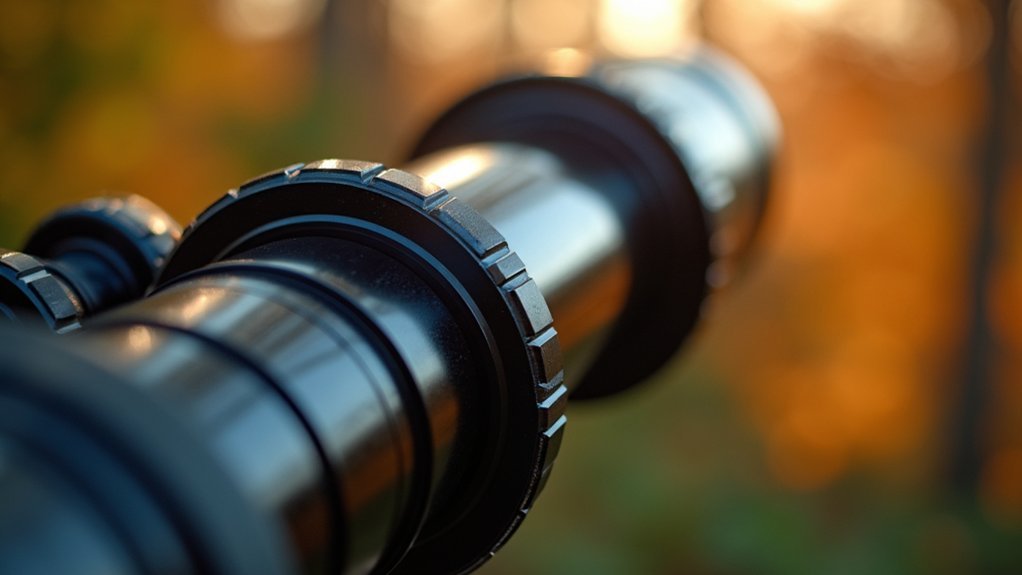
While many modern astrophotographers rush to add field flatteners to their setups, long focal length refractors often deliver remarkably flat fields without additional correction. This natural ability to flatten the field stems from their optical design, where longer focal lengths create more gradual focus changes across the field of view.
Refractors exceeding 900mm focal length typically exhibit reduced field curvature, maintaining star shapes from center to edge with minimal distortion. Their higher focal ratios contribute greatly to this effect, producing a naturally flatter field that’s perfectly acceptable for visual work and casual imaging.
The high quality and alignment stability of these instruments further minimize aberrations, allowing you to observe and photograph without investing in additional corrective optics.
You’ll find that even without a flattener, stars remain crisp across most of the field.
The Image Circle vs. Sensor Size Equation
Understanding the relationship between your refractor’s image circle and camera sensor size lets you determine whether you need a field flattener.
When your sensor is smaller than the image circle, you’re fundamentally using only the central, sharper portion of the projected image, avoiding much of the edge distortion.
APS-C sensors (approximately 22.5 mm × 15 mm) often fit comfortably within a refractor’s sweet spot, allowing acceptable results without a flattener.
The modest dimensions of APS-C sensors naturally capture only the center portion of a refractor’s projection, where stars remain crisp and round.
This is particularly true with longer focal length refractors, which naturally produce less field curvature.
As you move to larger sensors like full-frame cameras, you’ll capture more of the distorted edges where field curvature becomes problematic.
In these cases, field flatteners become vital to maintain sharpness across your entire image.
Crop Factors and Center Field Advantage
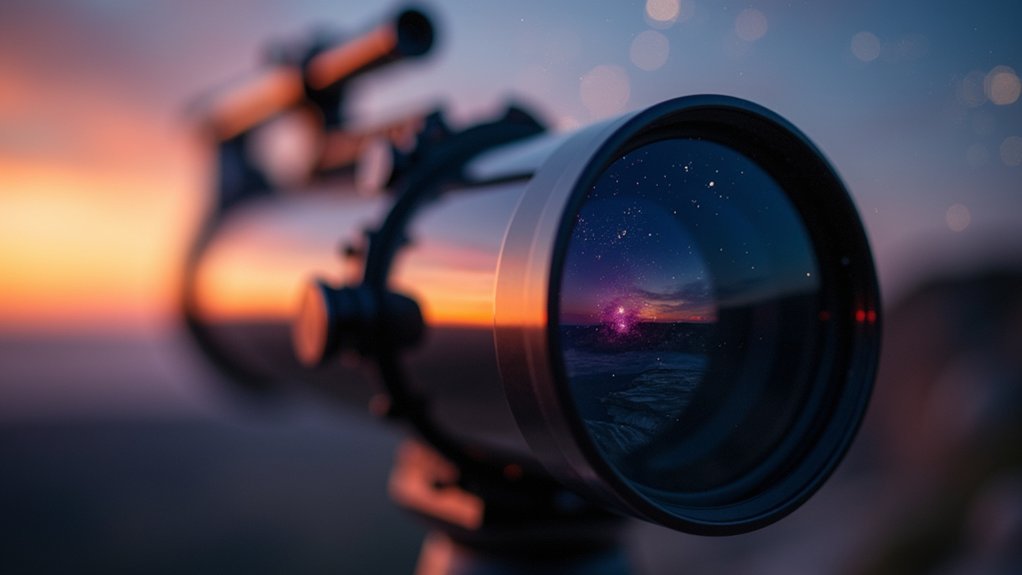
Because most optical aberrations intensify toward the edges of a refractor’s image circle, you’ll gain a significant quality advantage by focusing on the center portion of your field.
When you remove your field flattener, you’re trading field of view for improved central image quality. This trade-off works particularly well with longer focal length instruments where the central region naturally exhibits better focus and color correction.
Visual Observation Tolerance vs. Photography Requirements
Human eyes and camera sensors interpret optical imperfections in fundamentally different ways, creating distinct requirements for visual astronomy versus astrophotography. Your eye naturally adapts to slight field curvature in a refractor, focusing primarily on the center where stars appear sharpest.
| Aspect | Visual Observation | Astrophotography |
|---|---|---|
| Field curvature tolerance | High | Very low |
| Focus area | Central field sufficient | Entire field must be flat |
| Star shape requirements | Minor distortion acceptable | Perfect stars throughout |
| Equipment needs | Base refractor often adequate | Field flattener essential |
| Impact of focal length | Less noticeable at longer focal lengths | Critical at all focal lengths |
Without a field flattener, your refractor can still deliver satisfying visual experiences, as your brain compensates for minor optical imperfections. For imaging, however, the flat sensor demands equally flat fields to prevent the dreaded “sombrero effect” of elongated edge stars.
Aperture Size and Field Curvature Relationship
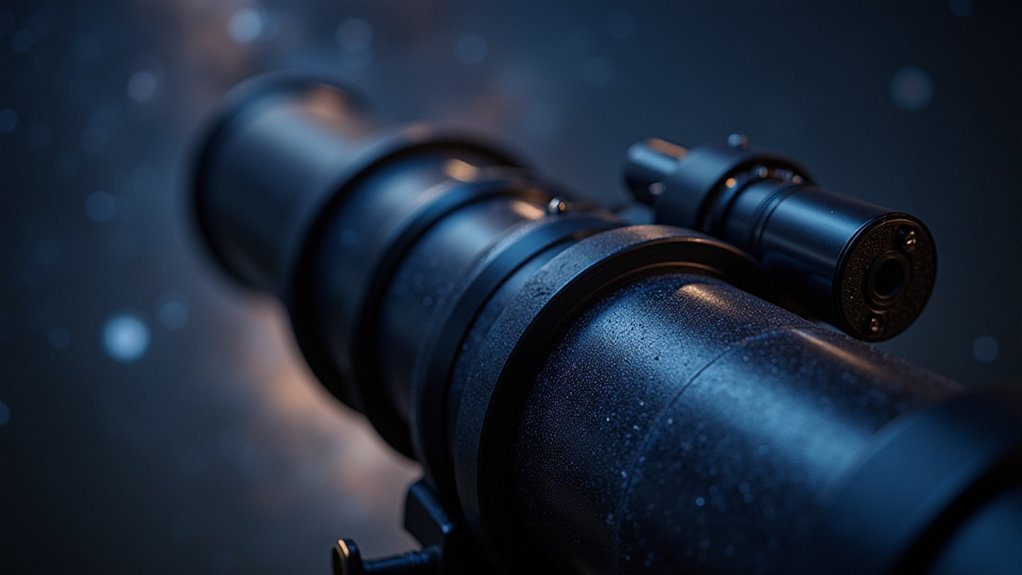
Three critical factors connect a refractor’s aperture size to its field curvature behavior. Larger apertures naturally gather light more efficiently across the field, resulting in less pronounced curvature compared to smaller ones.
The interplay between aperture size and field curvature reveals why larger refractors often deliver more uniform star shapes across the entire field.
You’ll find that optical design greatly influences how aperture affects field curvature in your telescope.
- Longer focal length refractors exhibit less field curvature than shorter focal designs, making them more forgiving without a field flattener.
- Fast refractors (low f-ratios) display more noticeable image distortion at frame edges.
- The radius of curvature measurement improves with increasing aperture size.
- Some specialized optical designs can mitigate curvature effects even without additional correction.
Understanding these relationships helps you determine whether your specific refractor requires a field flattener or can produce acceptable images without one.
Frequently Asked Questions
Do You Need a Field Flattener?
You’ll need a field flattener for astrophotography to eliminate edge distortion, especially with larger sensors. For visual observation, you might get away without one, but it’s essential for quality imaging.
What Is a Major Disadvantage of Refractors?
A major disadvantage of refractors is their tendency to exhibit chromatic aberration, where you’ll notice color fringing around bright objects because different wavelengths of light focus at different points along the optical axis.
What Is the Major Problem That Refractors Have That Reflectors Don T Suffer From?
The major problem you’ll face with refractors is field curvature, where stars appear distorted toward the edges of your image. Reflectors don’t suffer from this issue due to their mirror-based optical design.
What Is the Reason Refractors Are Not Used Anymore?
Refractors are still used, but you’ll find they’re less popular due to their higher cost for equivalent aperture, chromatic aberration issues, and because modern Newtonians and compound telescopes offer better performance-to-price ratios.
In Summary
You’ll find refractors sometimes work without field flatteners due to their natural characteristics. With longer focal lengths, smaller sensor sizes, and center-field positioning, curvature becomes less noticeable. Your visual observations are more forgiving than photography, which demands perfect flatness. Remember that smaller aperture refractors naturally produce less field curvature. Whether you need a flattener ultimately depends on your specific equipment combination and imaging expectations.
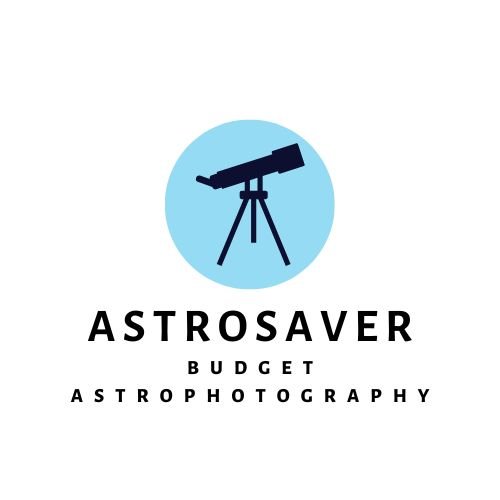
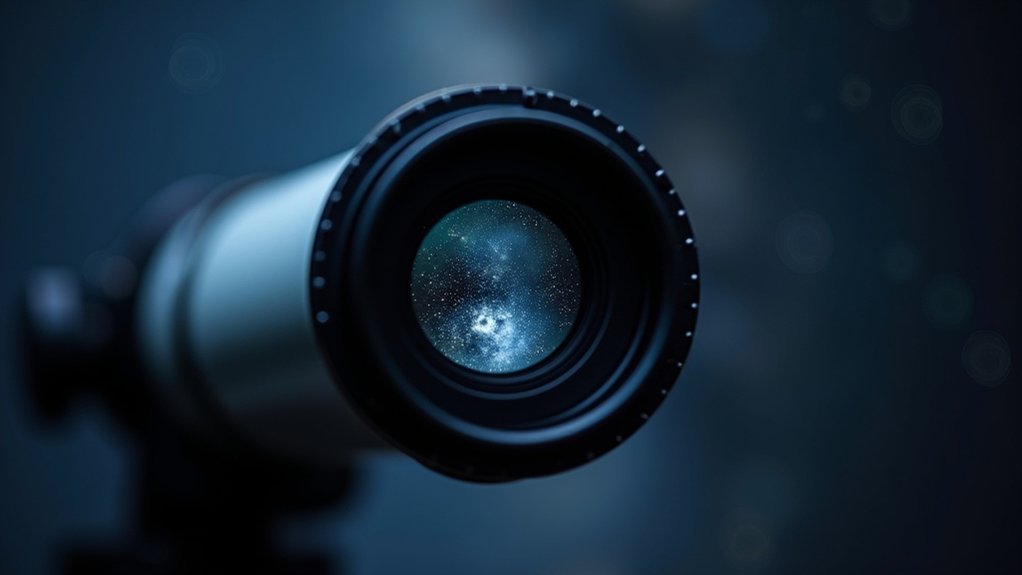
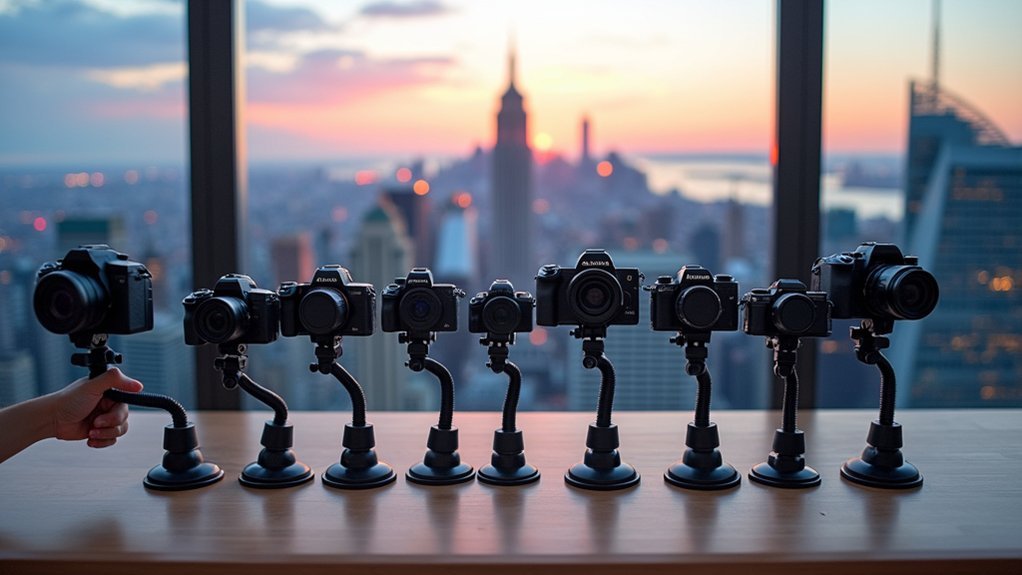

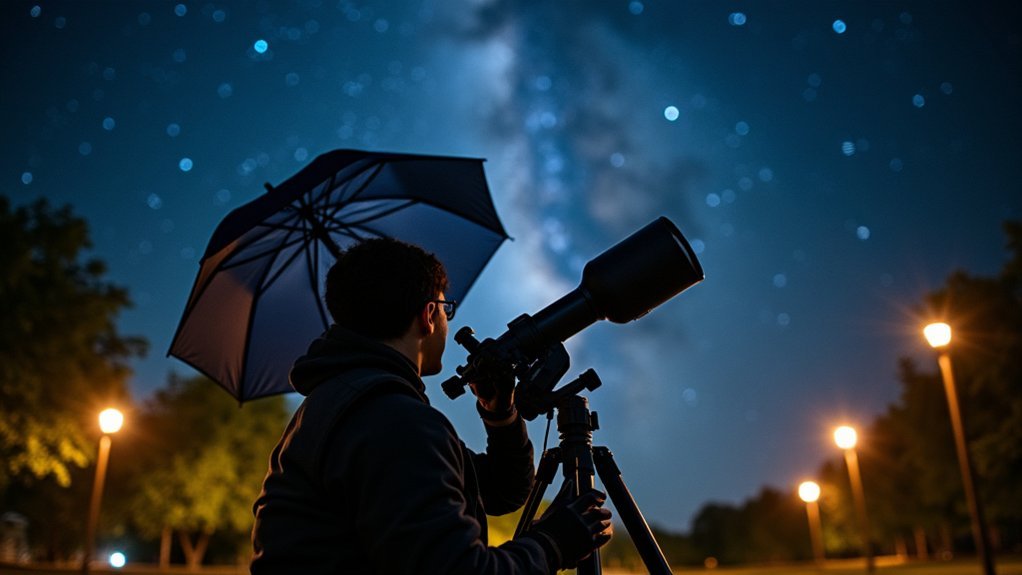
Leave a Reply